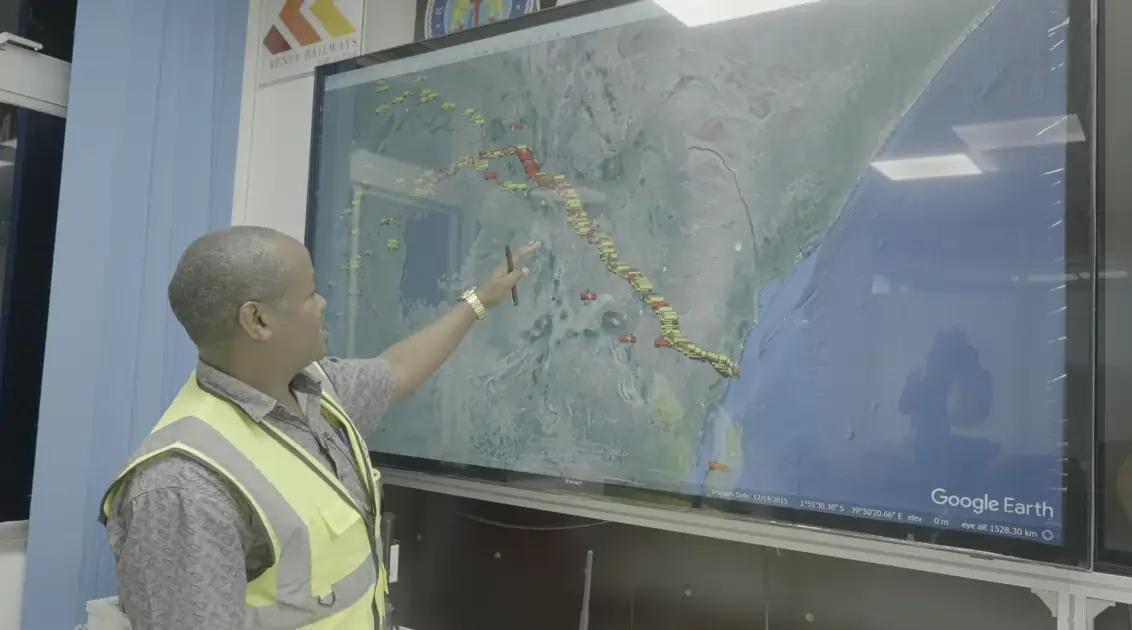
Our Projects are
Transforming African Trade
Quick Contacts
2nd Floor, Fidelity Insurance Centre Waiyaki Way, Westlands

A screen in the RECTS control room at Mombasa Port showing trucks being tracked.
The Regional Electronic Cargo Tracking System (RECTS), funded by the United Kingdom, has been hailed as an innovative platform for driving growth and speeding up trade within the East Africa region.
Launched in 2017, the system monitors the movement of transit cargo in real time to enhance safety and efficiency across the region.
During the unveiling of the Trade Facilitation Report in Kigali, Rwanda, Neil Wigan, British High Commissioner to Kenya expressed confidence in the system for improving the trade relations among nations.
“The UK is proud to have helped deliver this exciting innovation in digital trade that is growing the economy of Kenya by overcoming barriers to the swift and efficient trade that East Africa deserves,” Wigan stated.
“This is only made possible through partnerships with the Government of Kenya and TradeMark Africa – we go far in East Africa when we go together,” he added.
Another benefit for the RECTS system includes the reduction of costs of transit cargo on the Northern Corridor from Mombasa through to Bujumbura.
For instance through the tracking system, the time taken for cargo trucks to move from Mombasa to Kampala has been reduced from 21 days to just 4-5 days.
The government of Uganda has praised the system for saving over Ksh.129 million in costs for more than 20,000 consignments.
In Kenya, the system has aided in driver safety through real-time monitoring and hence deterring the common robbery incidents.
Another digital innovation featured in the report was Kenya’s Integrated Cargo Management System (ICMS) that reduces clearance time for air freight from 2 days to an average of 2-3 hours.
According to the Kenya Revenue Authority, the system has increased revenue collection by 17 per cent within a 5-year period.
Disclaimer: The views and opinions expressed in this article are those of the authors and do not necessarily reflect the official policy or position of TradeMark Africa.